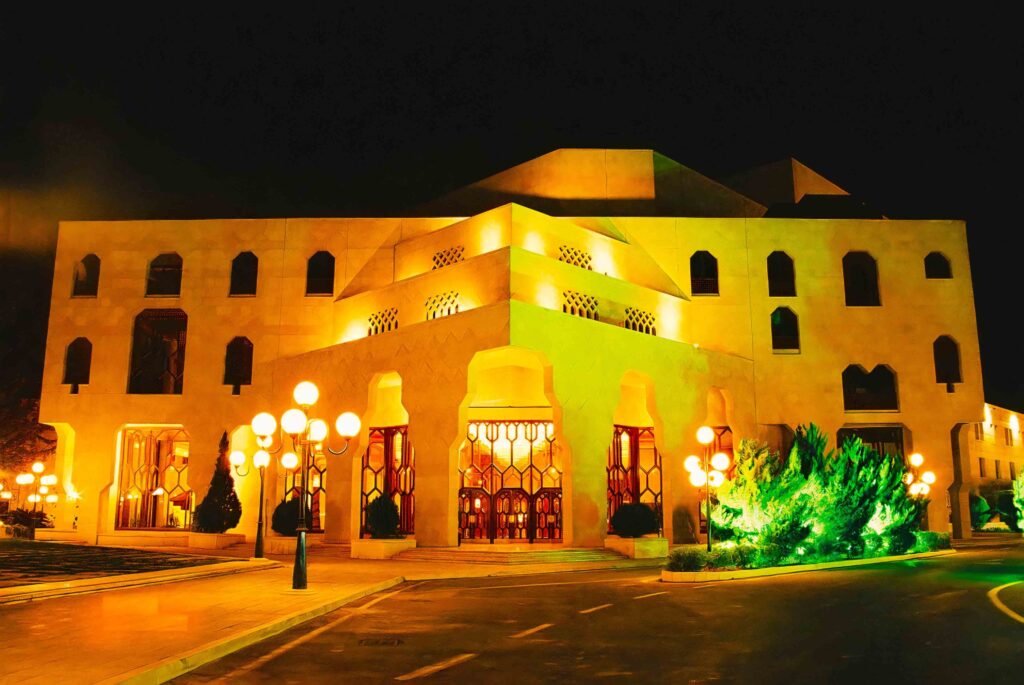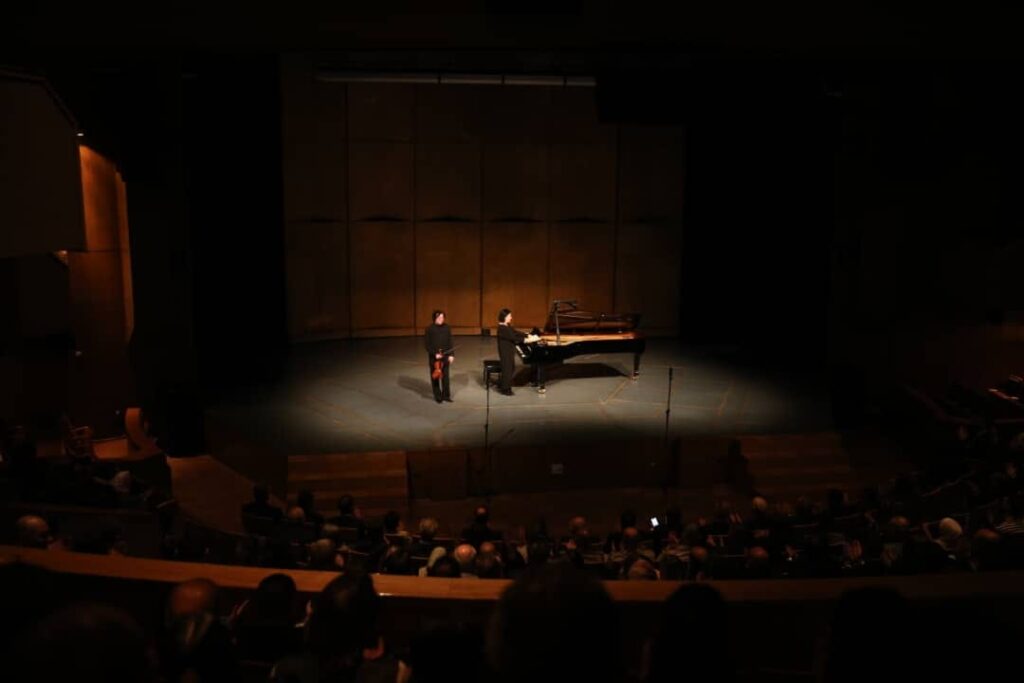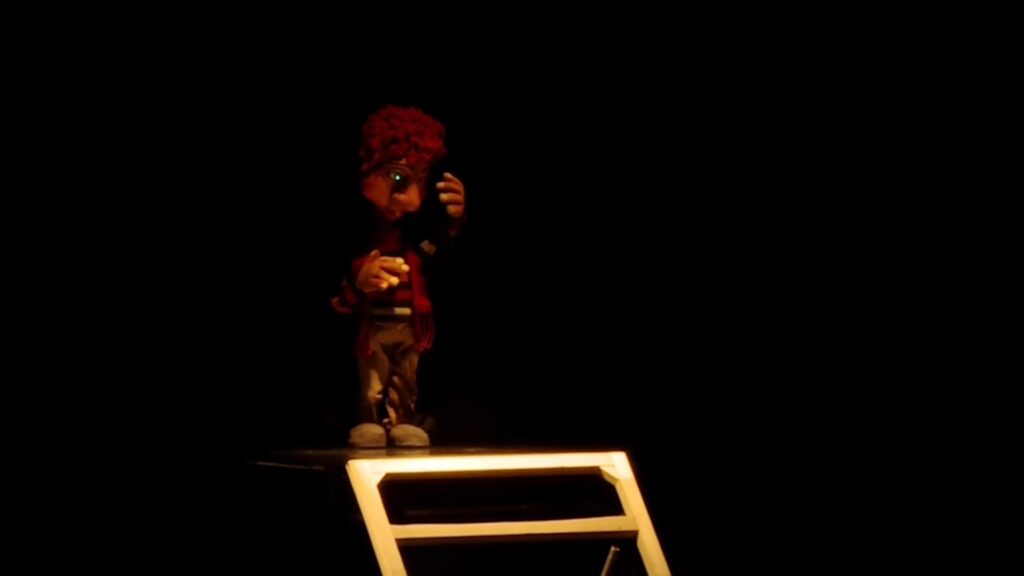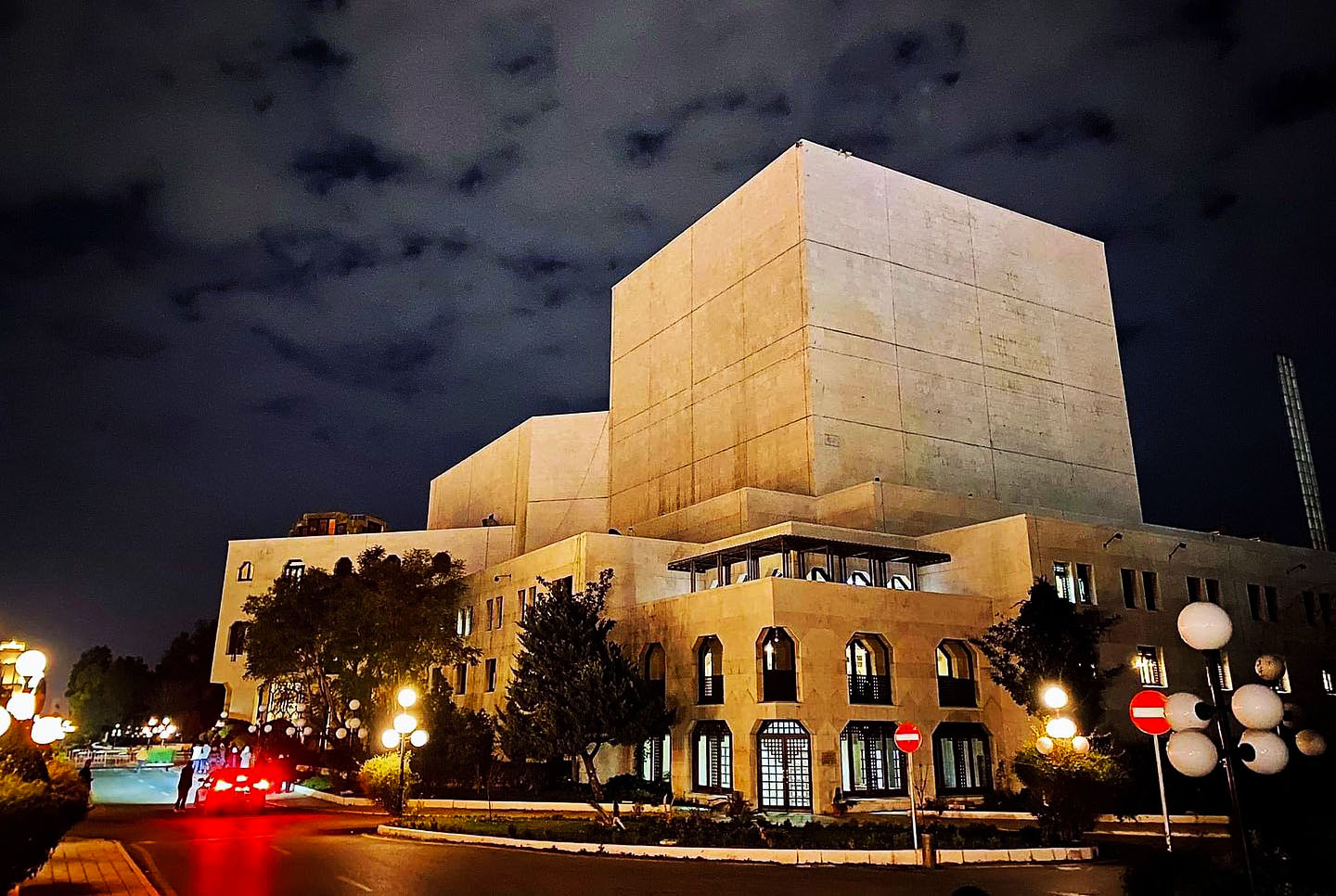The Damascus Opera House is one of Syria’s most significant cultural institutions. Located in the heart of Damascus, this grand building represents a beacon of artistic expression, resilience, and national pride. Since its inauguration in 2004, it has served as a venue for opera, ballet, symphony concerts, traditional Arabic music, theatrical performances, and more. For both locals and tourists, the Opera House offers a window into Syria’s deep artistic soul and its long-standing connection to music, drama, and intellectual life.
| Topic | Quick Info |
|---|---|
| Name | Damascus Opera House / دار الأوبرا بدمشق |
| Location | Umayyad Square, Damascus, Syria |
| Architect / Style | Modern architecture with Syrian cultural design influences |
| Original Function | National opera house and cultural center |
| Current Use | Hosts concerts, ballets, operas, film screenings, and art exhibitions |
| Capacity | Around 1,300 seats in the main hall |
| Significance | Syria’s largest performing arts venue and a hub for cultural exchange and modern artistic expression |
Architecture and Design

The Opera House is striking both inside and out. From the outside, it stands as a modernist structure with clean lines and a blend of glass, marble, and concrete. Inside, it features three main performance spaces:
- The Main Hall (1,300 seats) – This is the principal venue, equipped with a large stage, an orchestra pit, state-of-the-art acoustics, and lighting systems. It was designed to host large-scale productions like operas, ballets, and symphonies.
- The Drama Hall (600 seats) – A smaller, more intimate setting for theatrical plays, contemporary performances, and lectures.
- The Multipurpose Hall (250 seats) – Used for chamber music concerts, film screenings, readings, and smaller cultural events.
The interior is tastefully decorated with Syrian marble, handcrafted wood, and traditional Islamic motifs, creating a harmonious blend of modern functionality and local heritage.
A Hub for Syrian and International Art

The Damascus Opera House quickly became a cultural magnet. Before the conflict that began in 2011, it regularly hosted both Syrian and international artists. The Syrian National Symphony Orchestra, conducted by prominent figures such as Missak Baghboudarian, found its permanent home in the Opera House. The venue also welcomed international orchestras, soloists, ballet companies, and opera singers from Europe, Russia, and the Arab world.
In addition to classical performances, the Opera House has played a vital role in supporting Arabic music traditions, including Muwashahat, traditional Syrian chants, and contemporary compositions by local artists. This made it a space where East and West could coexist artistically—a place where Beethoven and Umm Kulthum could both be celebrated.
Festivals and Events

One of the Opera House’s most celebrated events was the Damascus Arab Capital of Culture year in 2008. The Opera House served as the central venue for performances during this landmark event, hosting renowned artists from across the Arab world and beyond. In addition, it has been a key venue for the Damascus International Film Festival, the European Film Festival, and various music and dance festivals held in Syria.
These events transformed the Opera House into more than just a performance space—it became a symbol of cultural dialogue and exchange, a place where audiences could experience diverse art forms from different traditions and backgrounds.
Impact of the Syrian Conflict

Unfortunately, like many other institutions in Syria, the Damascus Opera House was deeply affected by the Syrian civil war. Cultural funding declined, international partnerships were suspended, and many artists left the country. Performances were canceled or limited due to safety concerns, and audiences dwindled during the most difficult years of the conflict.
Despite these challenges, the Opera House never fully closed. It continued to offer scaled-back performances, often featuring local talent who chose to remain in Syria. These concerts and plays were acts of cultural resistance, keeping the spirit of art alive amid hardship. In recent years, there has been a slow but steady revival, with new performances, concerts, and festivals returning to the stage.
Opera and Classical Music in Syrian Society
While opera and classical Western music are not part of traditional Syrian culture, there has been a growing appreciation among urban audiences, particularly in Damascus and Aleppo. The Damascus Opera House played a crucial role in cultivating this interest by making tickets affordable, offering educational concerts, and promoting local composers who blend Western classical forms with Arabic music traditions.
Music conservatories in Syria, such as the Higher Institute of Music, have also played an important role in training a new generation of Syrian musicians. Many of them have performed on the Opera House stage, showing that Syria’s classical music scene, though small, is filled with talent and potential.
Educational and Community Role

Beyond performances, the Opera House has hosted numerous workshops, seminars, and educational programs. It has partnered with schools, universities, and cultural organizations to bring music, theater, and dance to young people. These initiatives helped build bridges between professional artists and the broader community and nurtured future performers and patrons of the arts.
The Opera House also welcomed performances by children’s choirs, youth orchestras, and student theater troupes, creating an inclusive and inspiring environment where art was accessible to all.
What Tourists Should Know Before Visiting
Location
The Damascus Opera House is located in Ummayad Square, one of the city’s most prominent and accessible areas. Nearby attractions include Tishreen Park, the National Museum of Syria, and several upscale cafes and restaurants.
Dress Code and Etiquette
While there is no strict dress code, visitors are expected to dress modestly and respectfully. For evening performances, business casual or semi-formal attire is recommended. Mobile phones should be silenced, and photography is usually not permitted during performances.
Tickets and Language
Tickets can usually be purchased on-site or through official cultural event websites. Most programs are in Arabic, though Western concerts often include English or French notes. Tourists can inquire about guided tours of the building, especially during quieter times or cultural festivals.
Safety and Accessibility
As of recent years, the security situation in Damascus has improved in central areas, including around the Opera House. However, travelers should always check the latest travel advisories and local conditions. The Opera House is generally considered safe and is frequented by families, students, and art lovers.
A Symbol of Cultural Resilience

The Damascus Opera House is more than a venue for music or drama—it is a powerful symbol of Syria’s cultural richness and resilience. Despite years of conflict, the Damascus Opera House has remained a place where people gather to experience beauty, creativity, and shared humanity. Whether you are a fan of classical music, curious about Syrian traditions, or simply seeking a unique experience in Damascus, a visit to the Damascus Opera House offers insight into the soul of a nation that values art as deeply as history.
For tourists exploring Damascus, attending a performance or simply touring the Damascus Opera House is a memorable way to connect with Syria’s living culture. More than a stage, the Damascus Opera House is where the past and present harmonize in sound, movement, and emotion—a rare treasure in the modern Arab world.
Finally.. If you have any questions, please contact us. To explore further, visit our Facebook Syria collection for rare images and cultural highlights.



